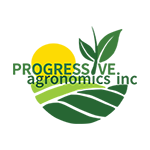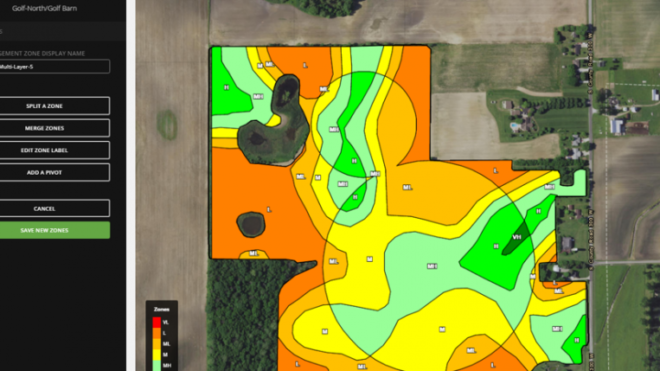We’re always looking for ways to make things more efficient, profitable, and sustainable. One of the major challenges we face as farmers is making the decision to purchase a new technology for our planter, sprayer, or combine. Then, after our purchase, the challenge is in determining if it’s providing us with the advertised return on investment (ROI).
An innovative way Beck’s is helping farmers succeed is with the ROI Tool in FARMserver®. The ROI Tool is an easy-to-use system that helps determine profitability at the farm level with the capacity to dial down to an acre-by-acre analysis. It can identify and organize costs by putting them into an interactive spreadsheet and instantly providing the return potential for a field using either Purdue’s Crop Cost Guide or cost data uploader by the user. A notable feature of the ROI Tool is that you can evaluate input costs in a cost per bushel format, which provides a unique perspective when budgeting for 2020.
Using yield maps and assigning a dollar amount based on the current market price from CBOT provides a whole new way to visualize where our profits come from. For the areas that are not profitable, there is a simple solution: Stop farming them! This idea may instantly turn heads and create some resistance, but, in certain areas of some fields, it is simply not realistic to make them profitable raising corn and soybeans. Tree lines, extremely poorly drained soils, and heavily compacted areas are only scratching the surface of non-profitable areas that we need to consider for alternate production like hay or CRP.
FARMserver is free to all Beck’s customers who purchase corn and/or soybeans, and it has the power to transform your data into dollars. If you plan to make an investment in new technology on your farm, the SmartFirmer® from Precision Planting® has shown promise to help you make the most out of your input budget in 2020 and for years to come.
SmartFirmer is Precision Planting’s effort to take the guess work out of all the variables related to soil conditions while planting. The SmartFirmer sensor measures temperature, moisture, furrow uniformity, residue, and organic matter (OM) in the furrow. This data can translate into savings. Central Corn Belt data indicates for every 1% of OM, you can factor in 20 to 30 pounds of nitrogen, four to seven pounds of phosphorus, and two to three pounds of sulfur available form mineralization.
We tested SmartFirmer in 2018 and in 2019 by placing a sensor every four rows spread out across the planter to capture soil data spatially as we planted. Using the real-time soil information, we changed the seeding rate and starter fertilizer based off of OM. When harvest come, FARMserver showed positive yield results.
We used SmartFirmer over a larger number of corn acres and really put it to the test in 2019. Setting the 20/20 monitor for variable rate from the firmer was simple and avoided hours of manual zone creation and rate assigning. Fast forward to harvest, using FARMserver, we identified our high OM soils versus our low OM soils. Taking the OM maps and comparing them to our yield maps, we saw over a 30 Bu./A. difference in some fields. There are many factors at play here so it is hard to give all the glory to just SmartFirmer, but there is no doubt it had an enormous impact on yield.
As you plan for 2020, be sure to take full advantage of FARMserver. It doesn’t full advantage of FARMserver. It doesn’t cost you an extra dollar to put your data to work. If you plan to make a modest investment with big payback potential, consider SmartFirmer. As always, your local Beck’s representative is here to help.
~Nate Rottero – Seed Advisor/Precision Farming Field Advisor

